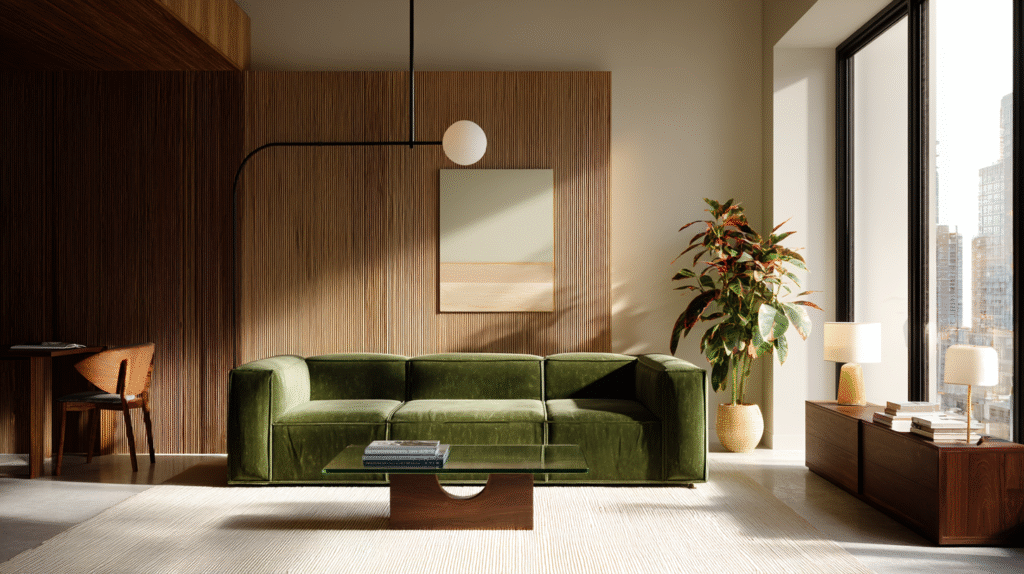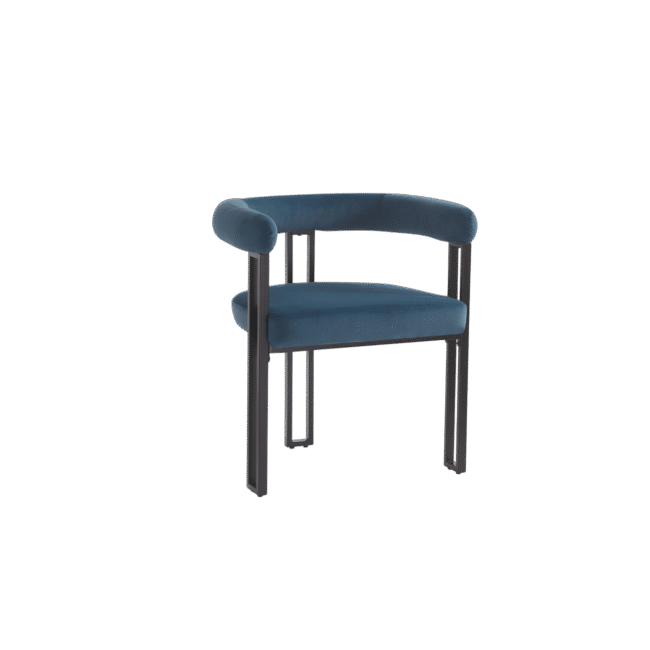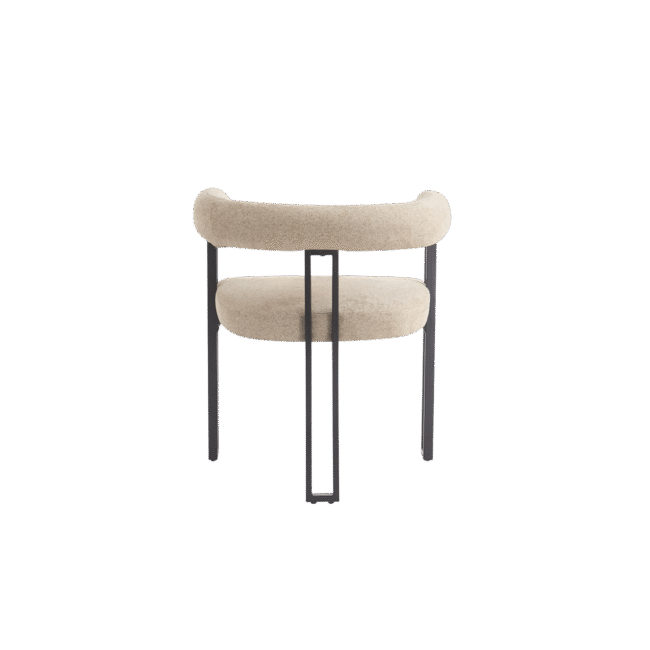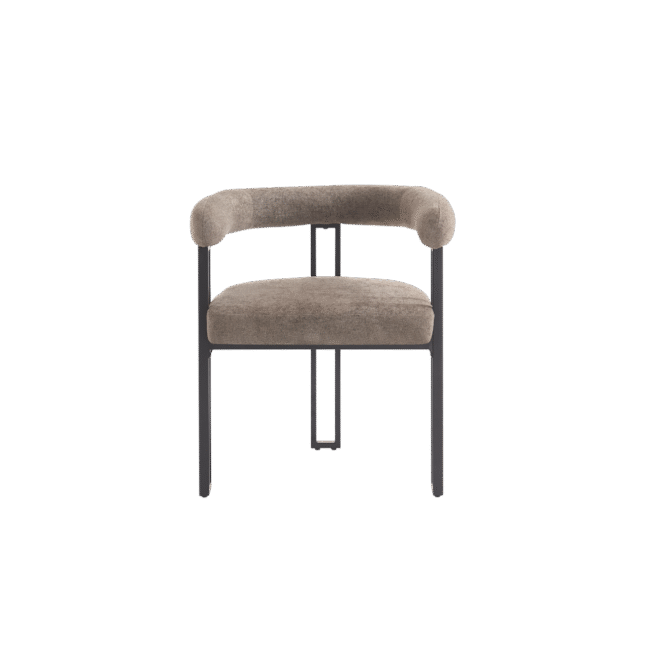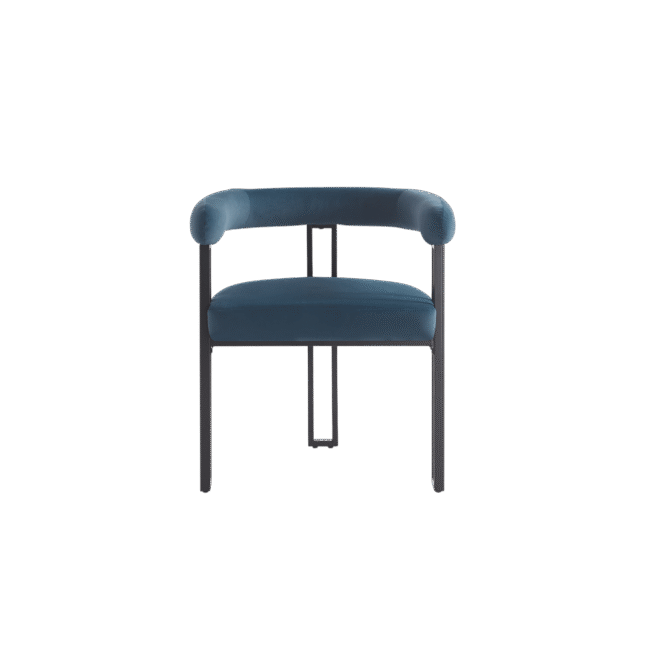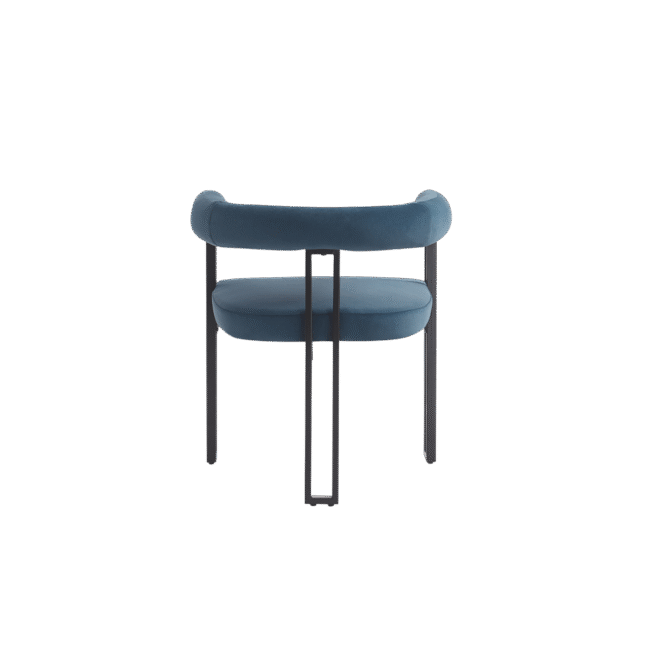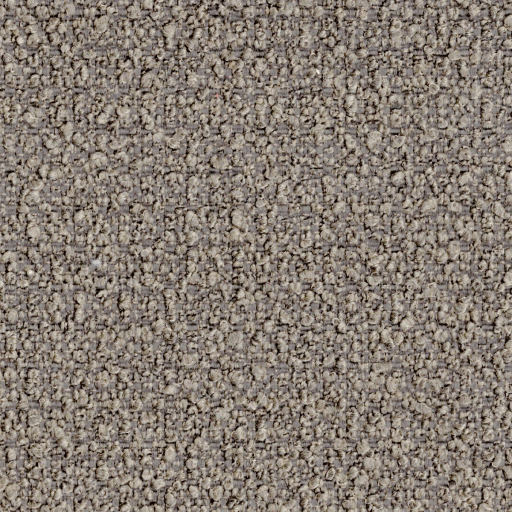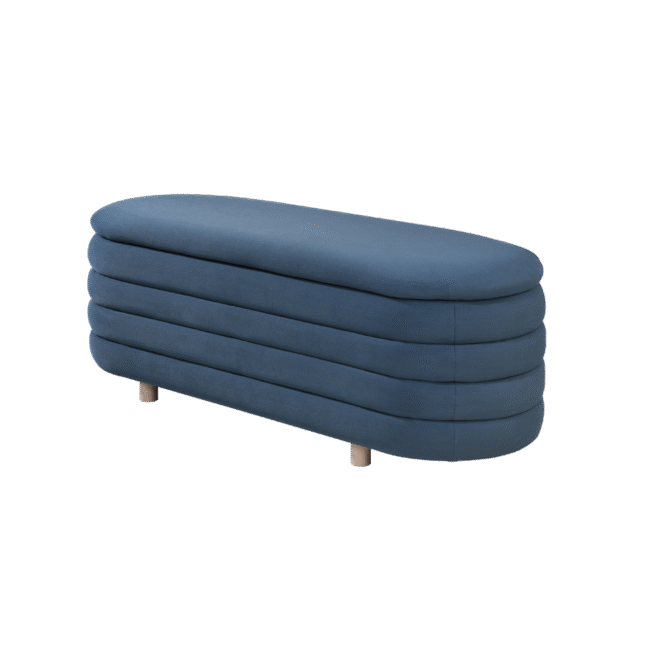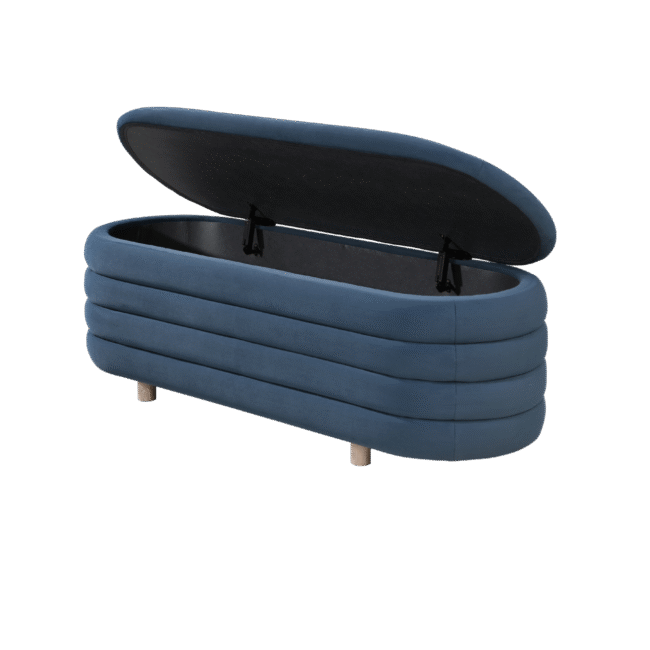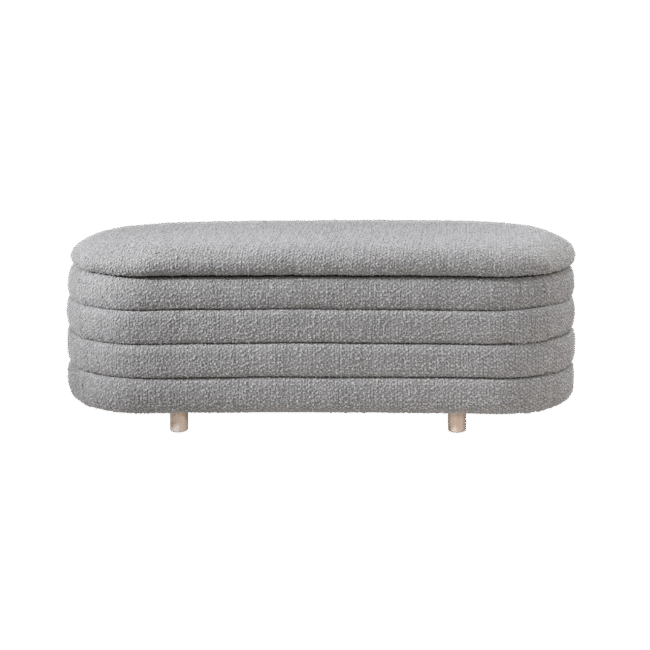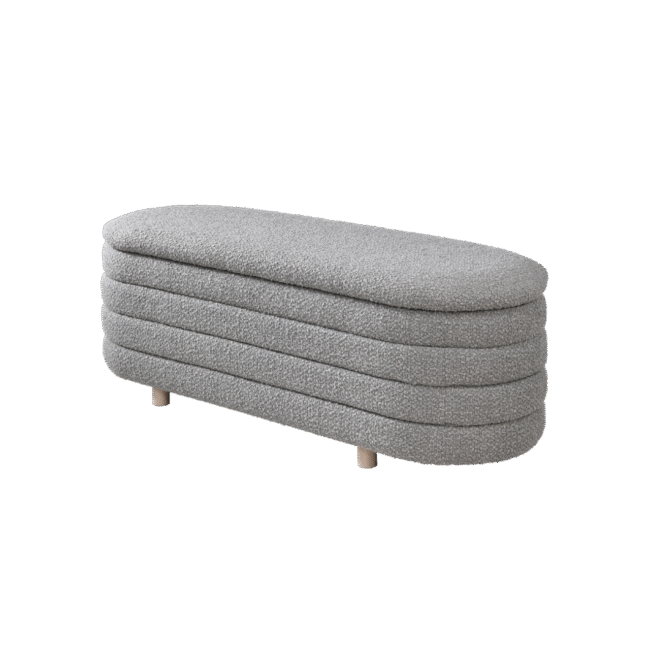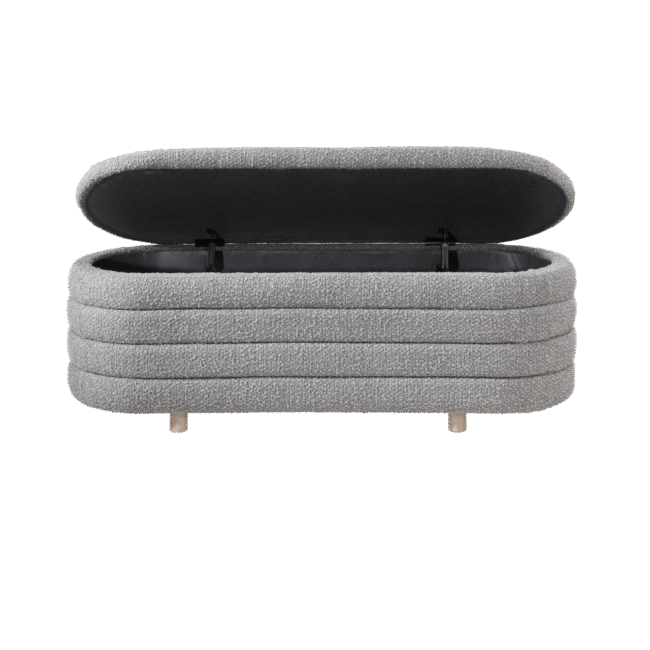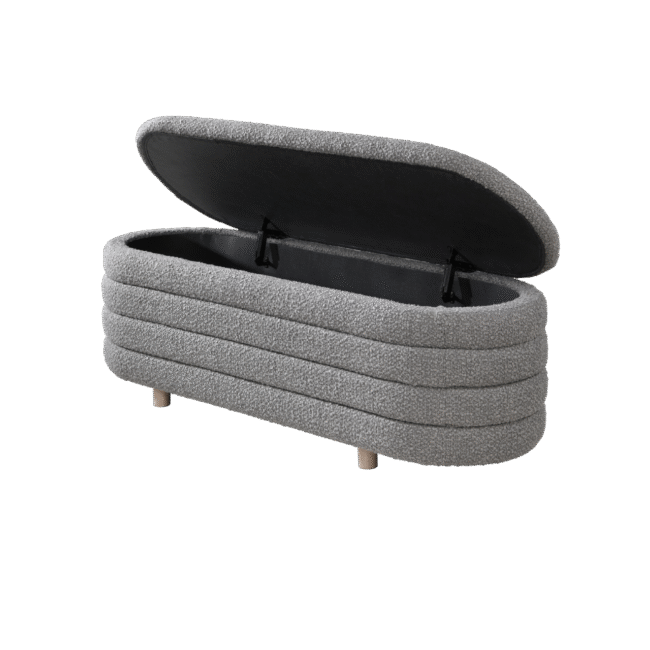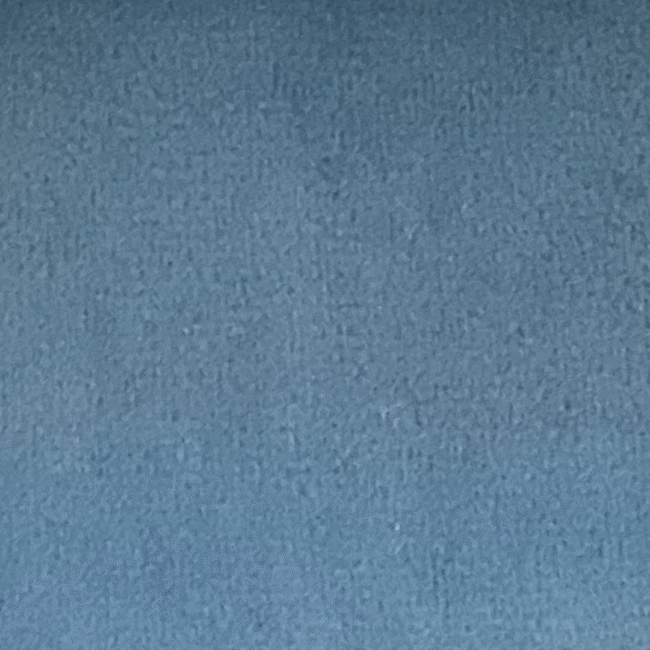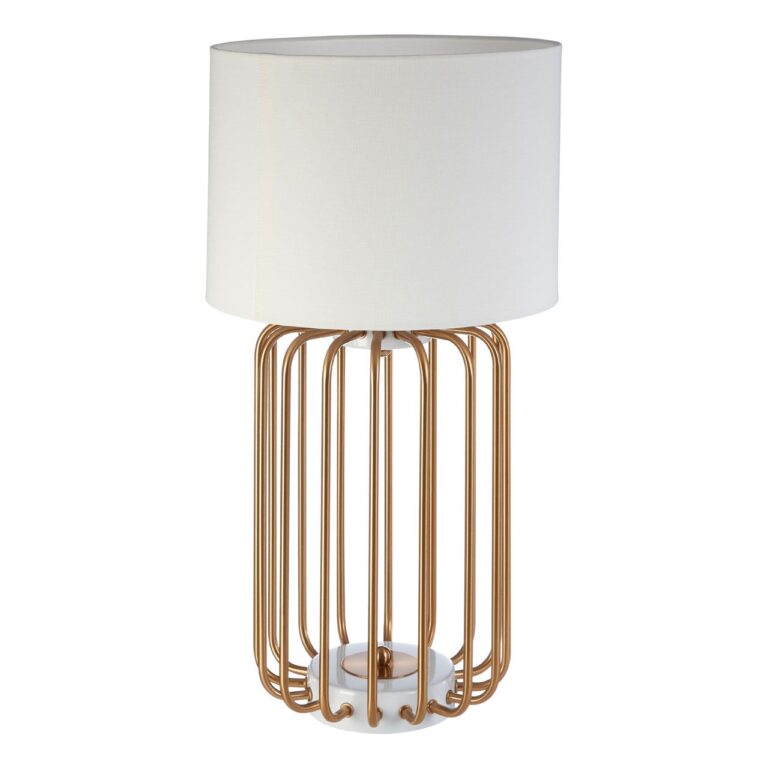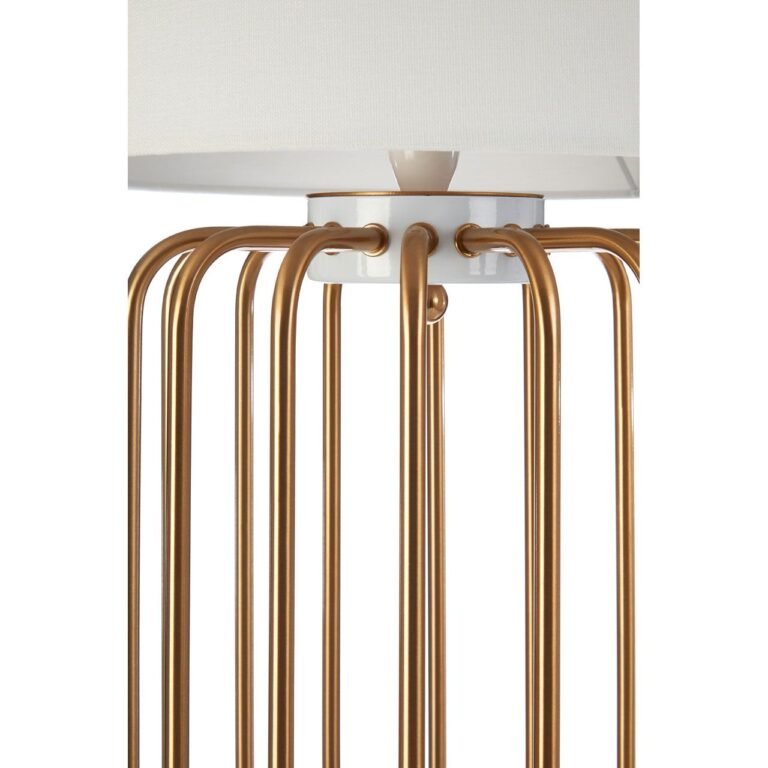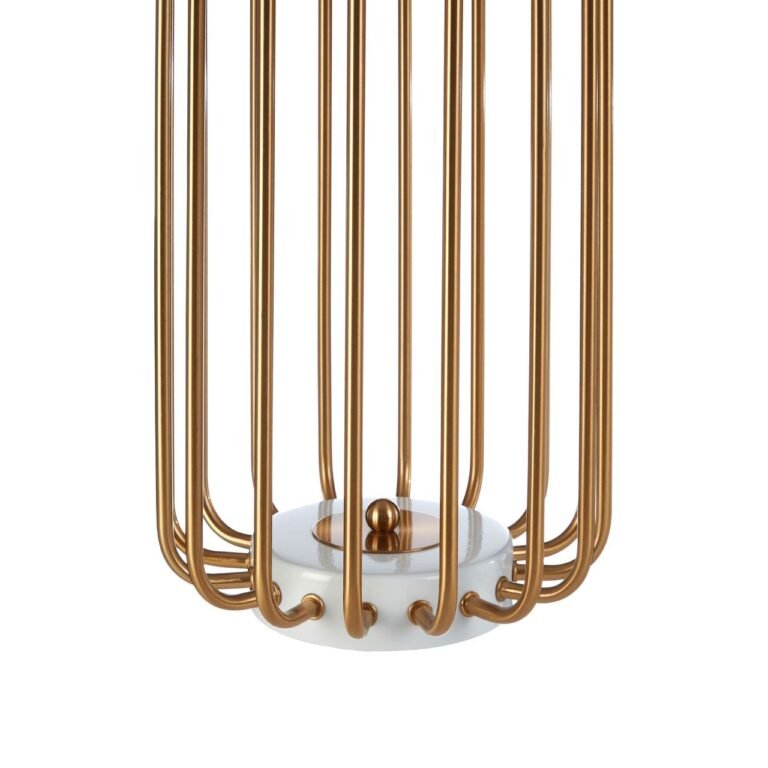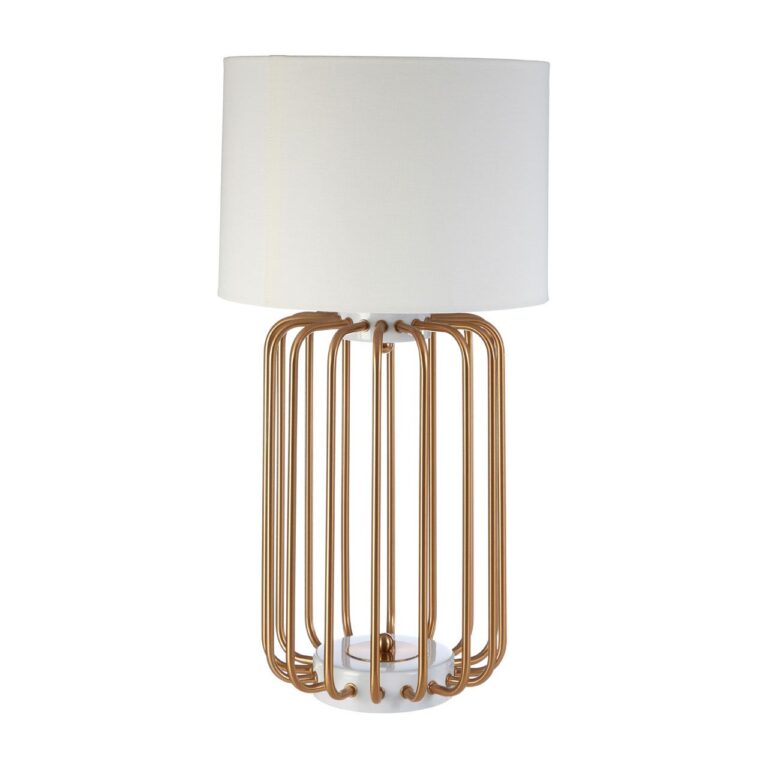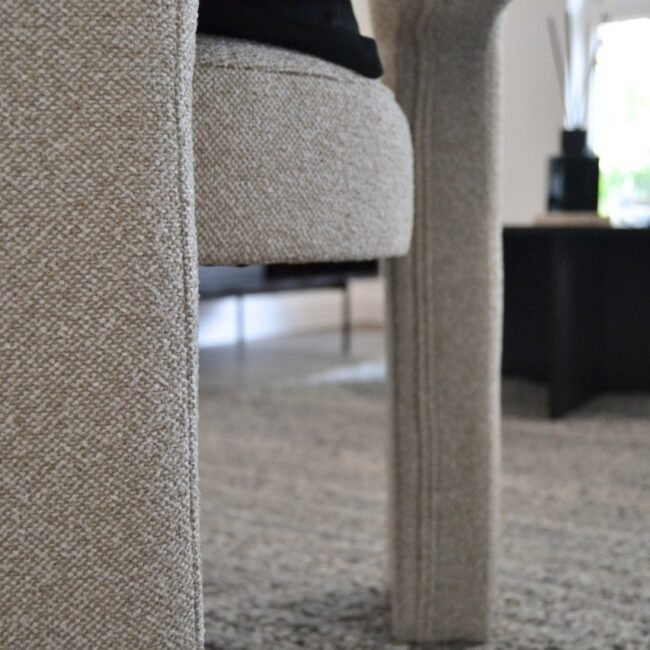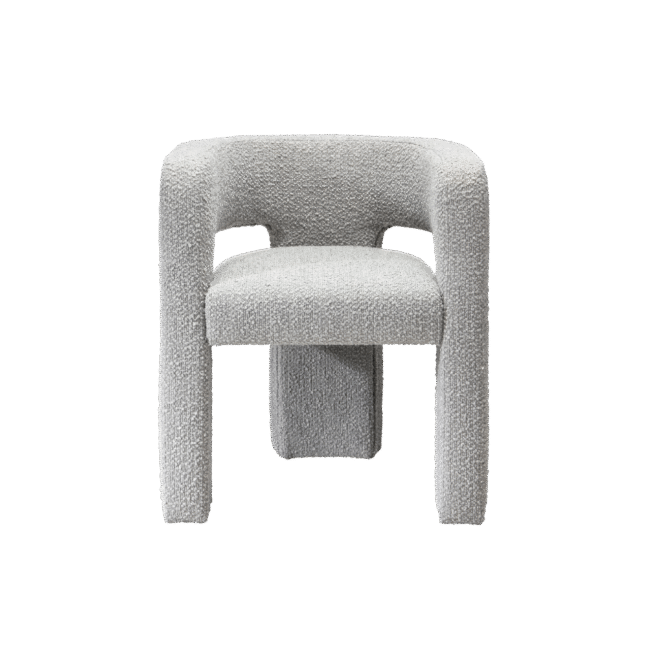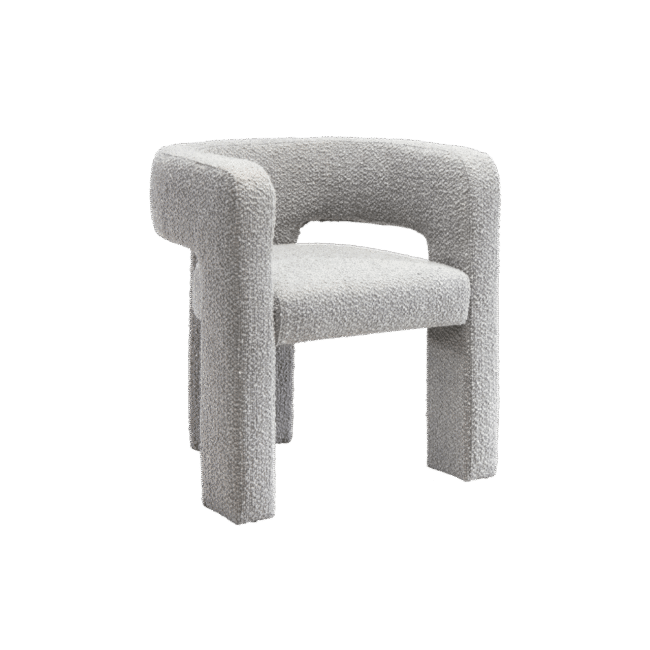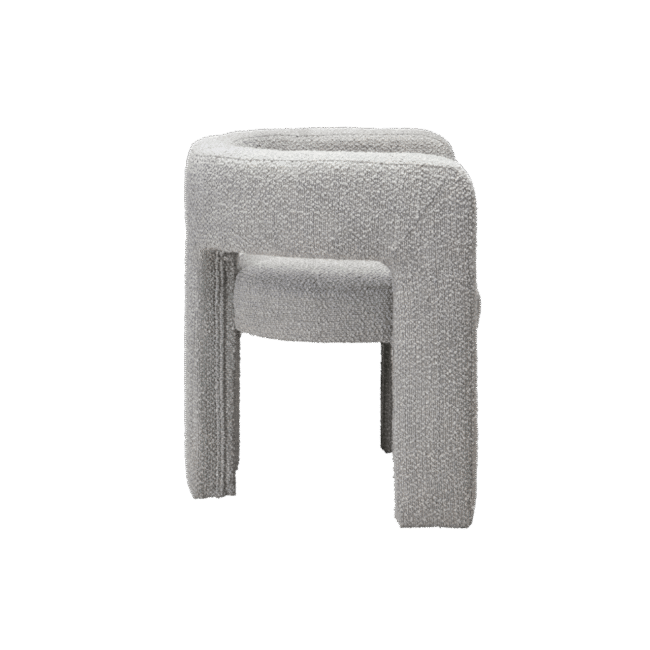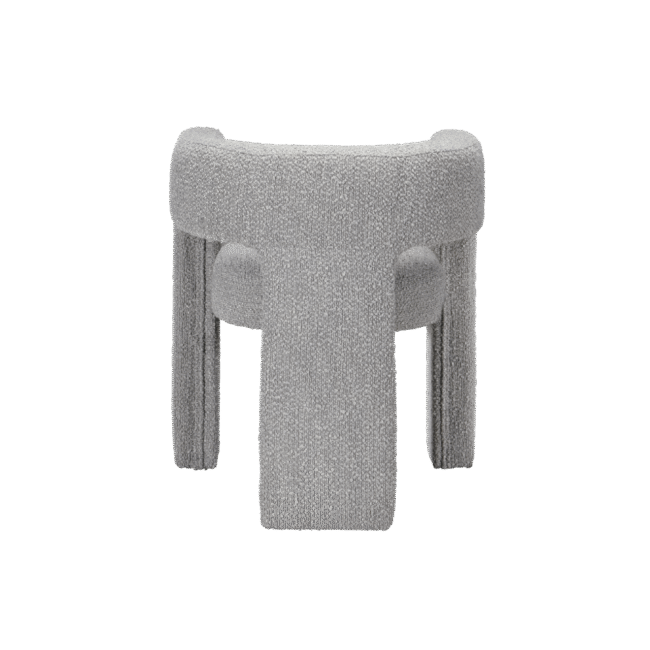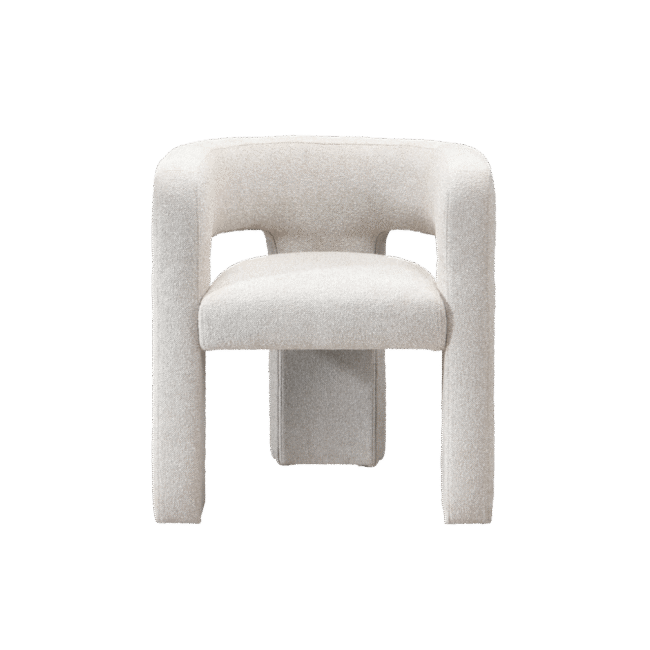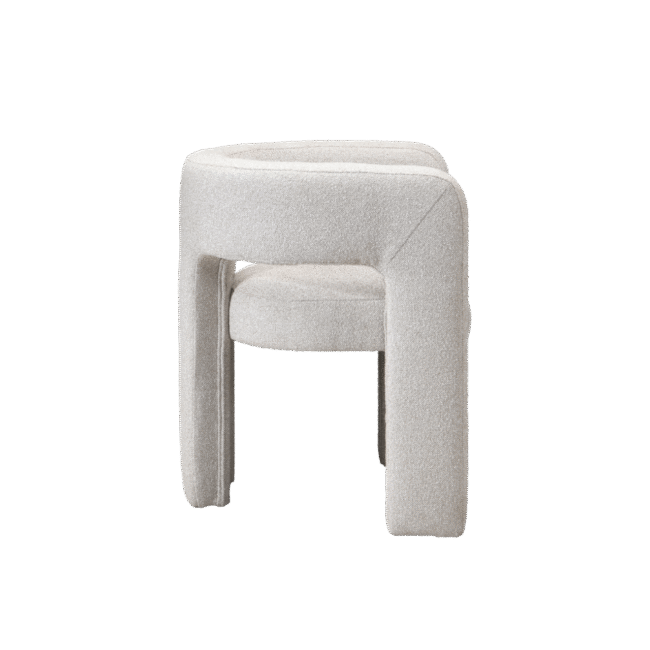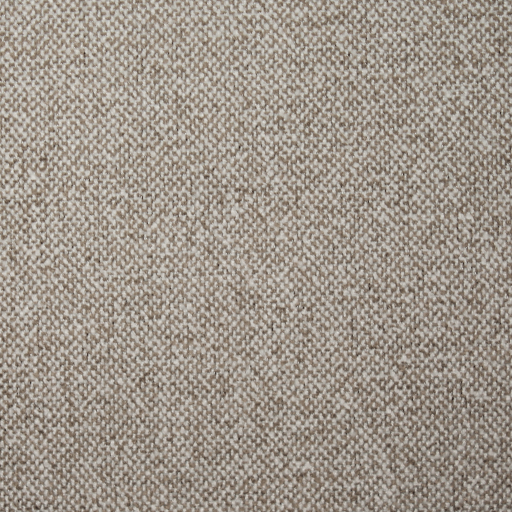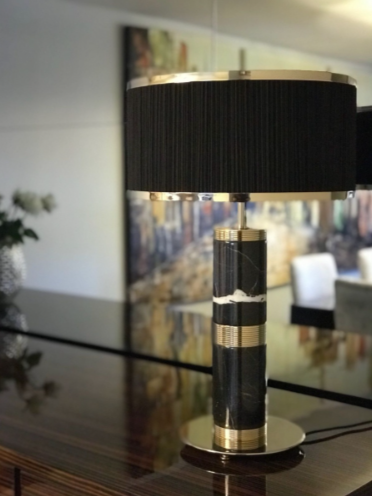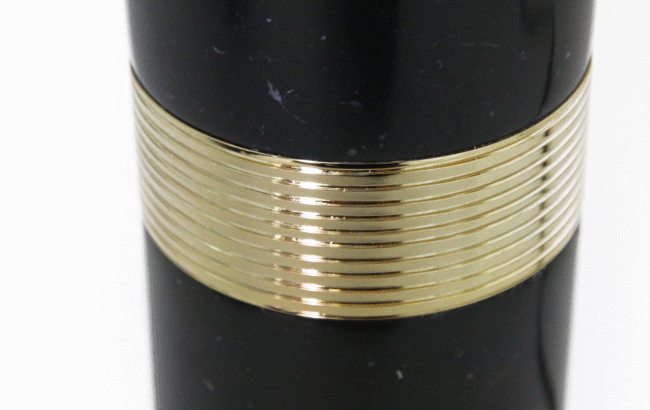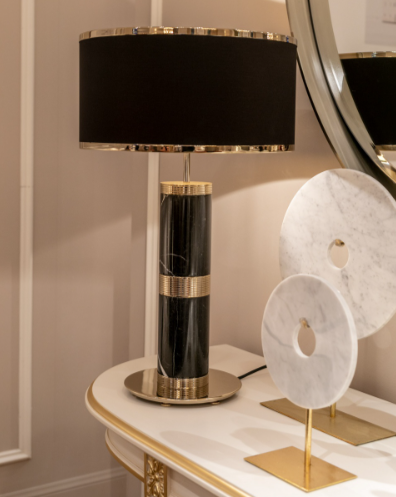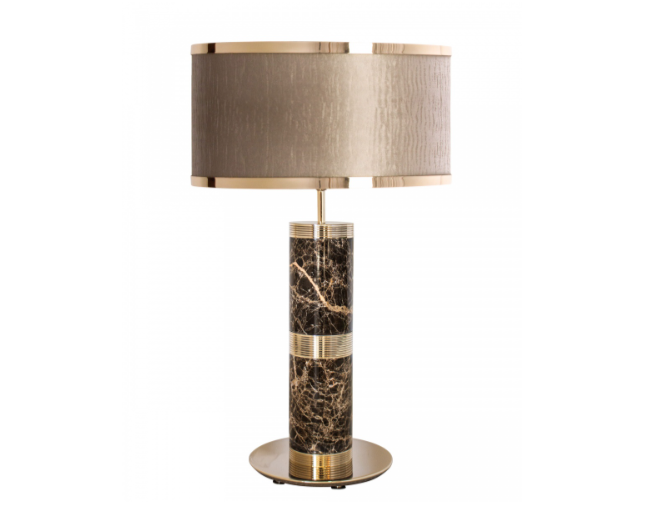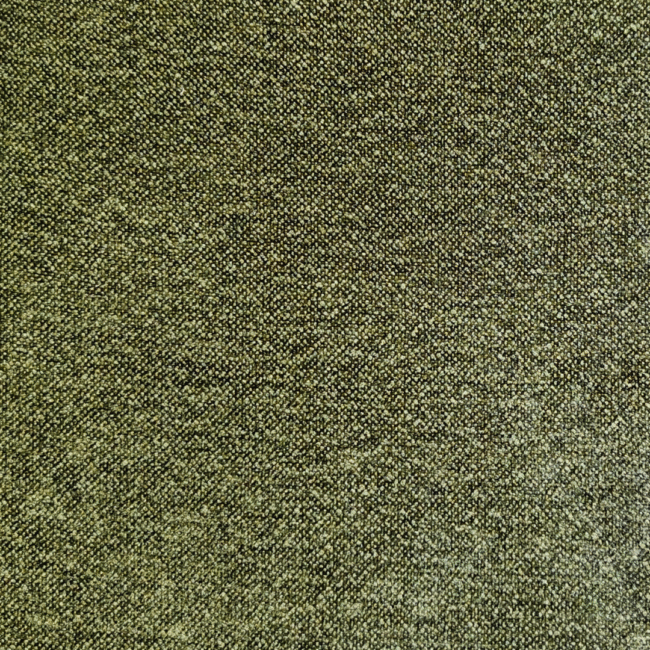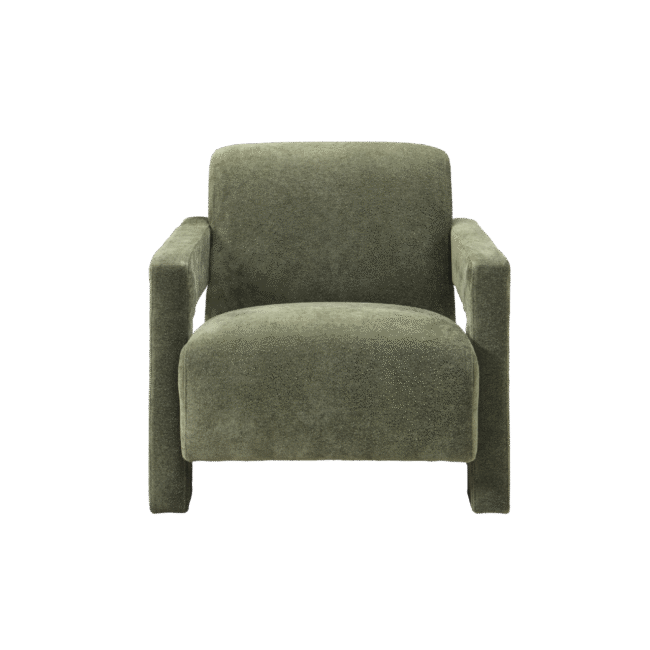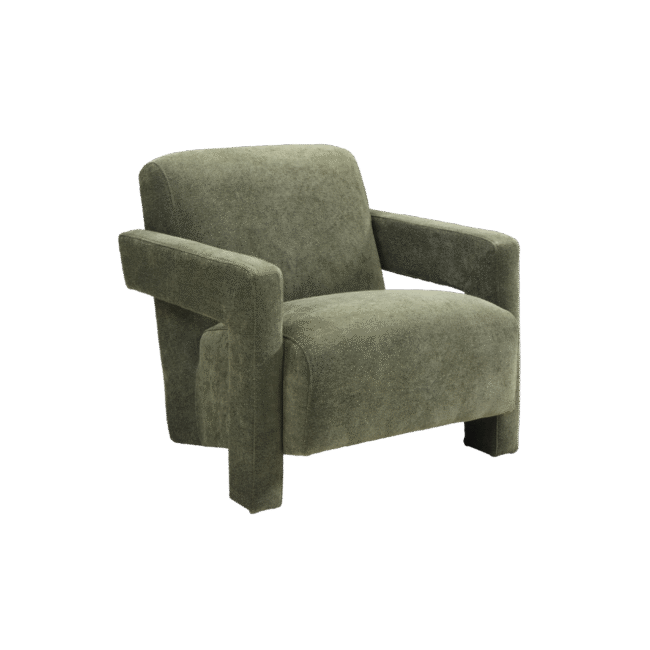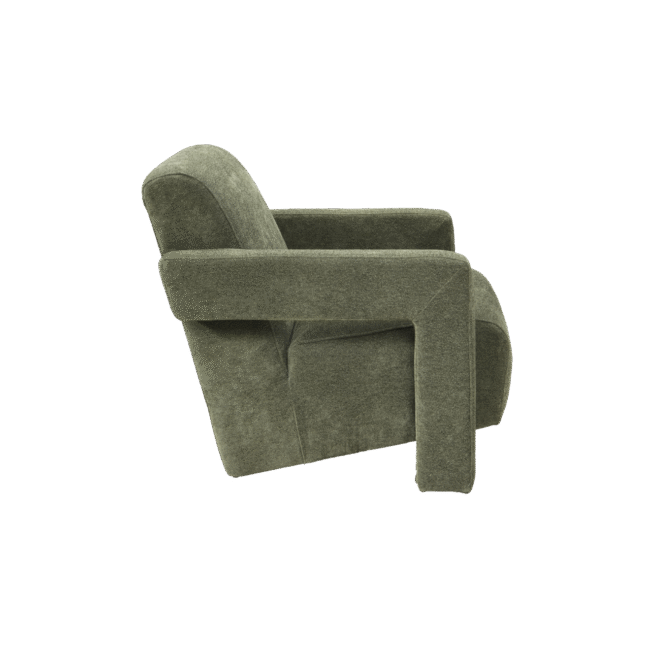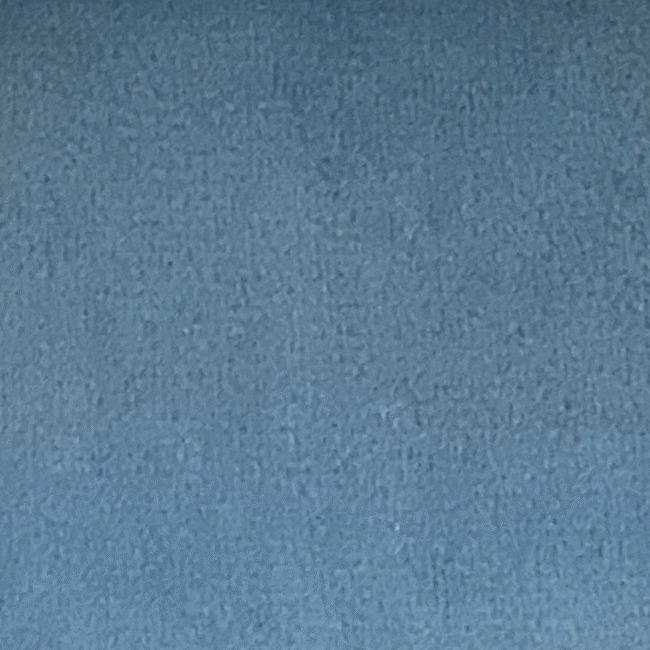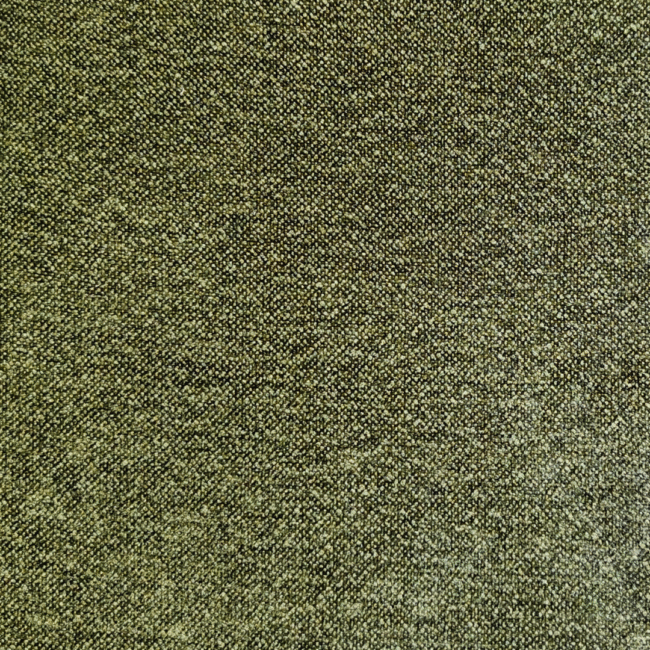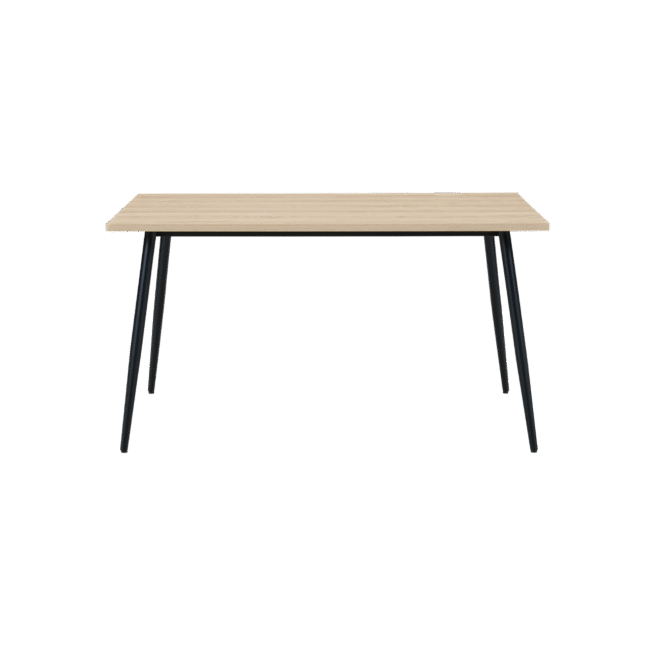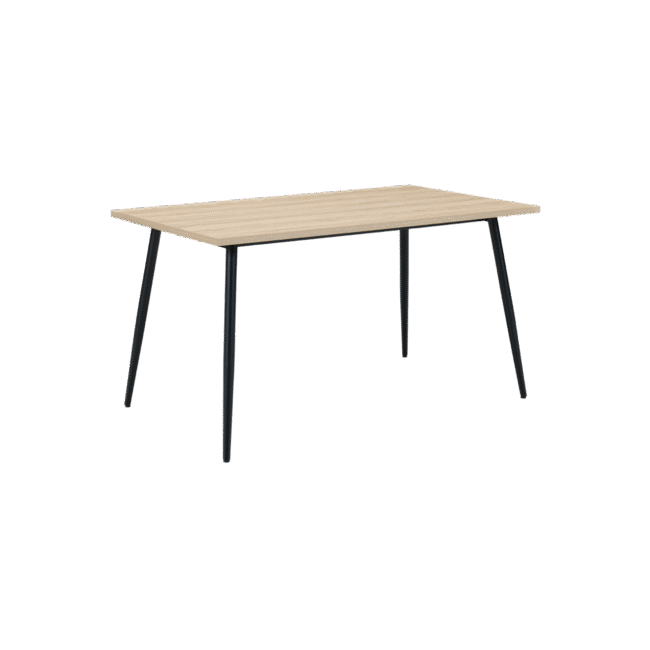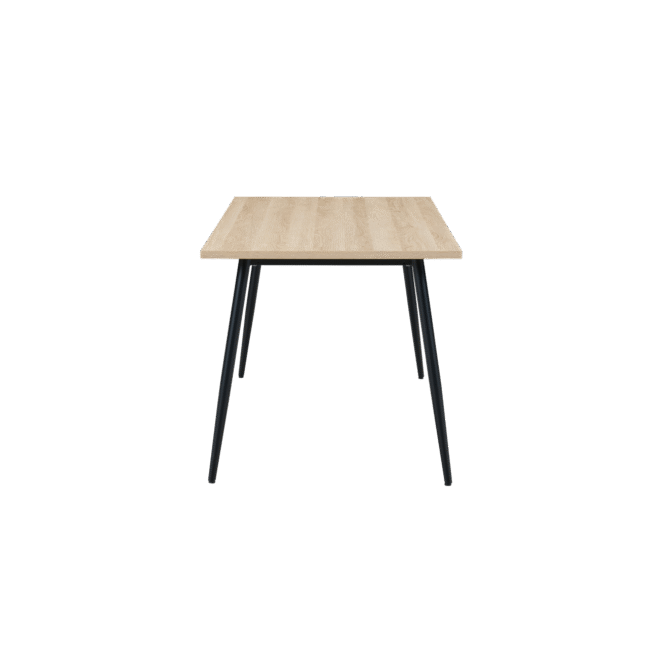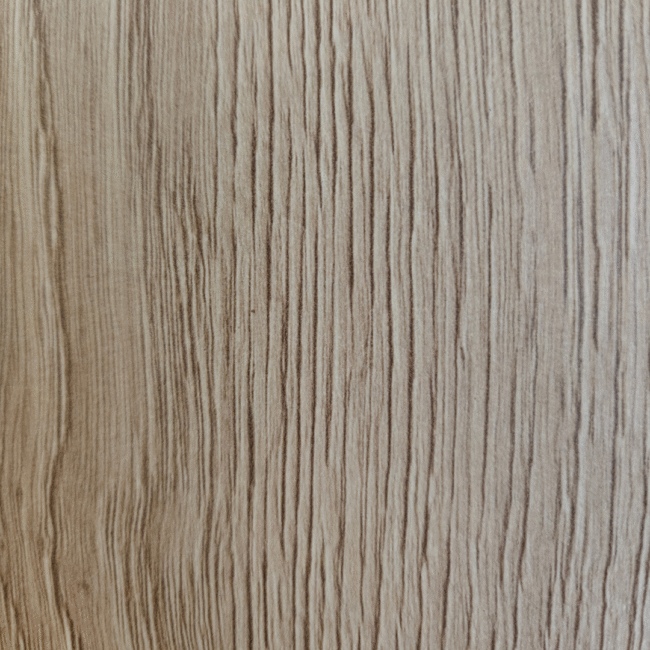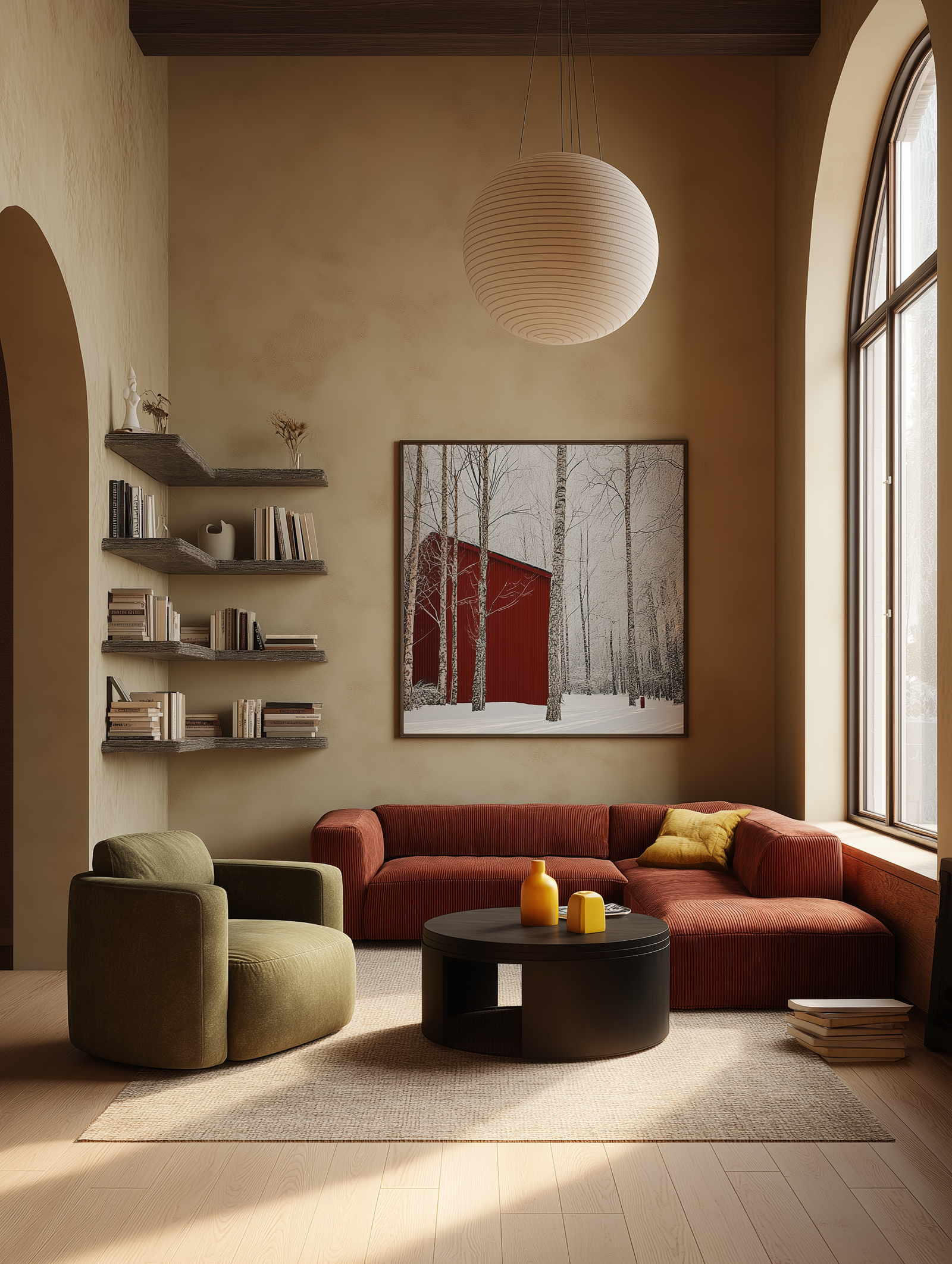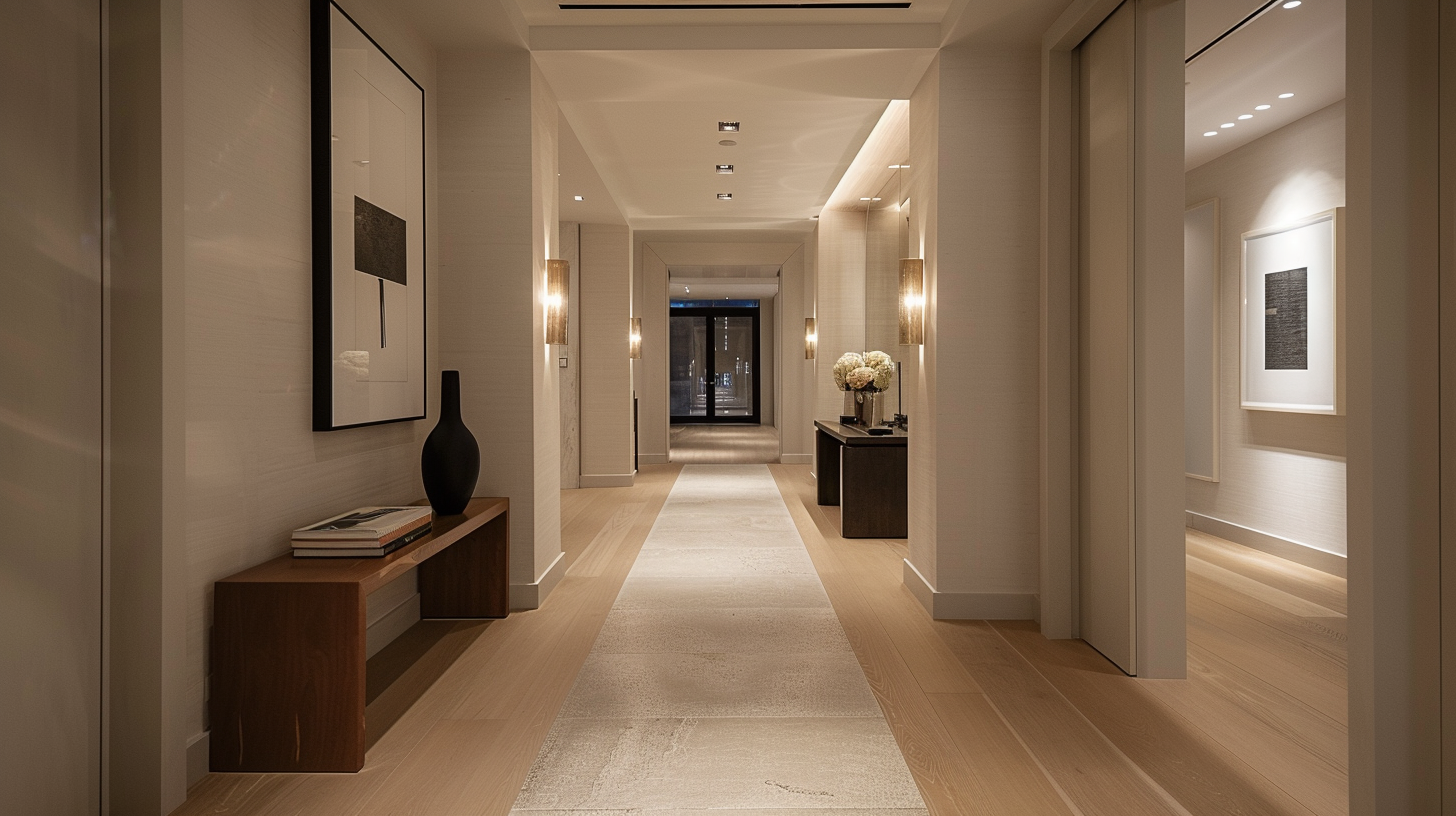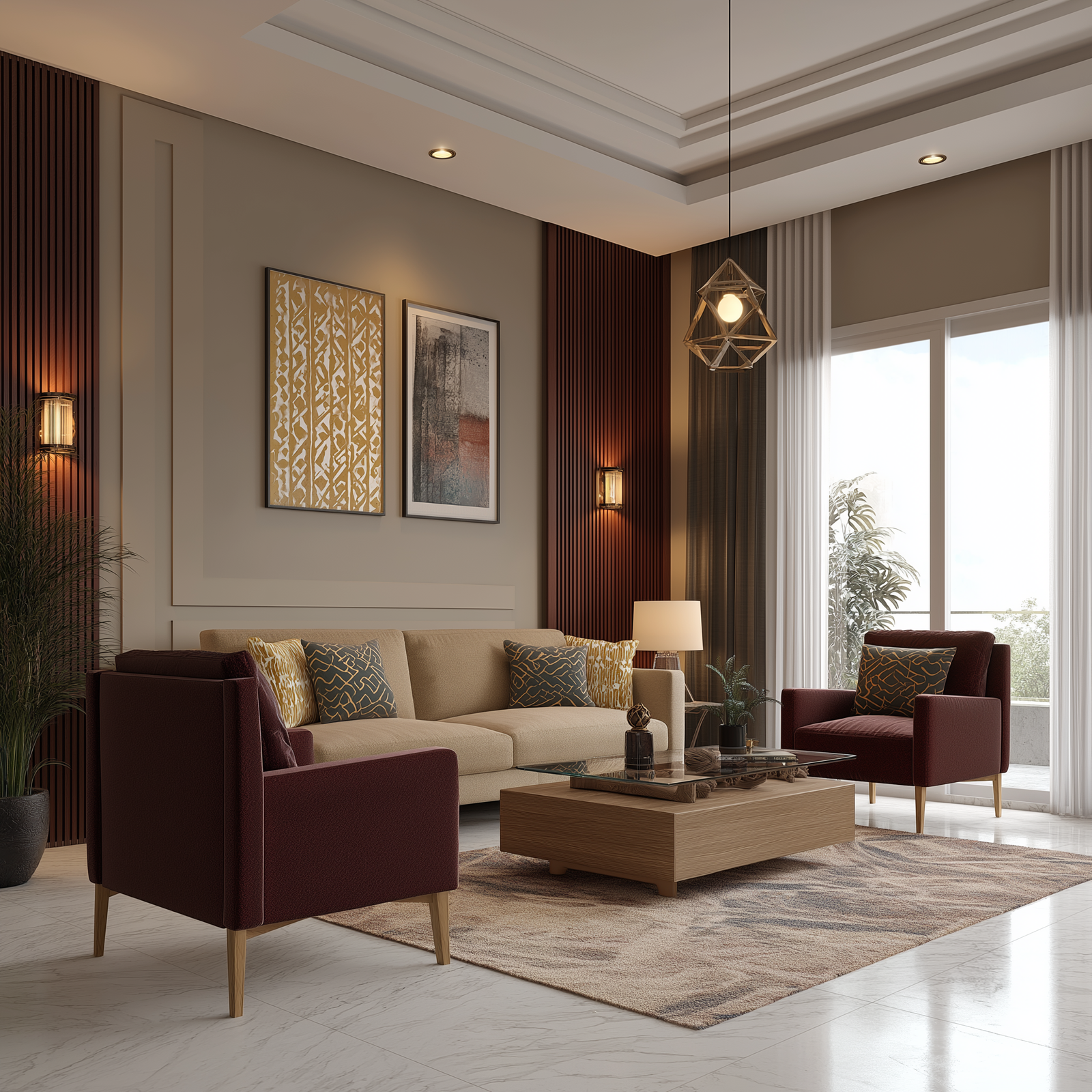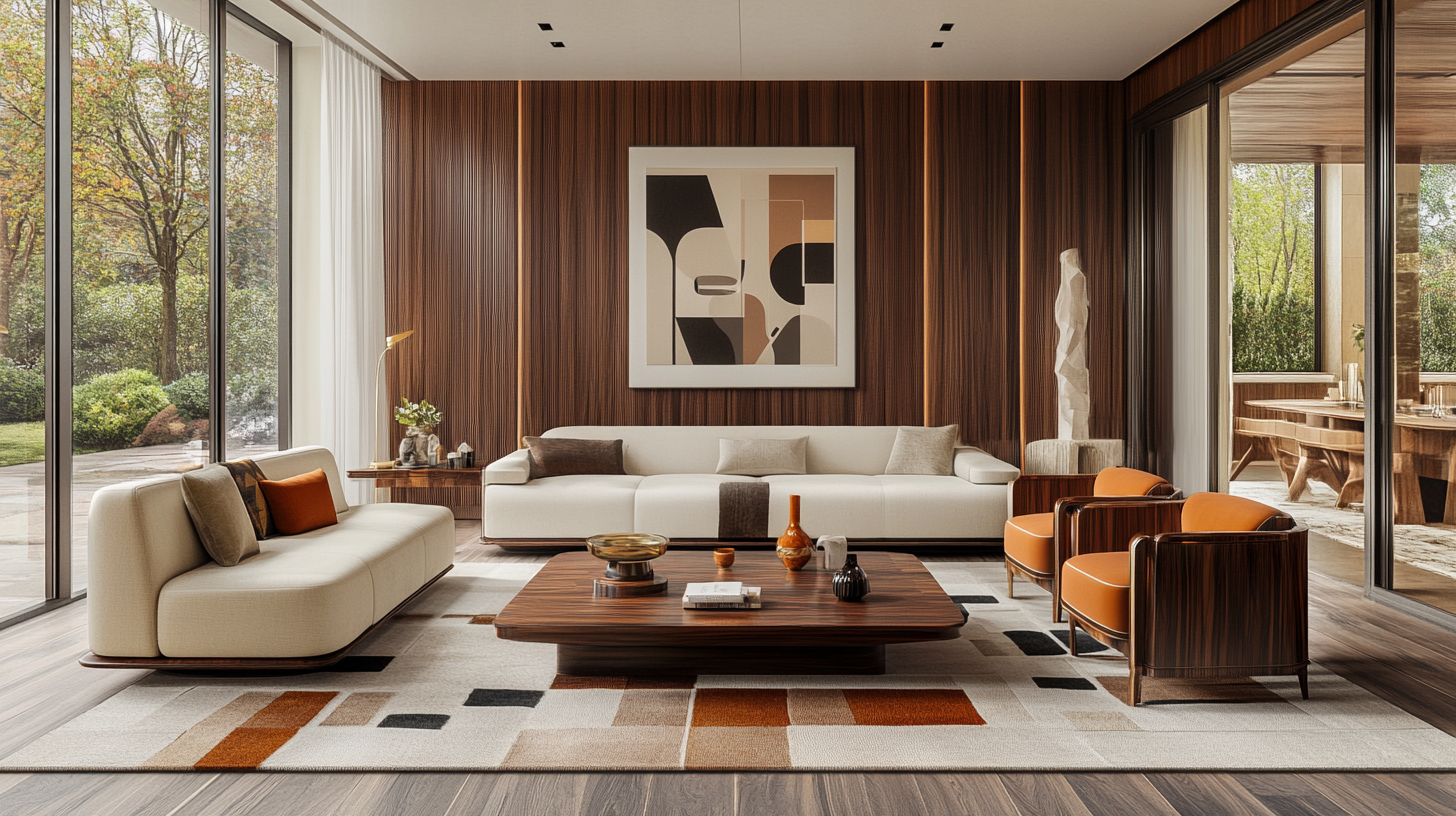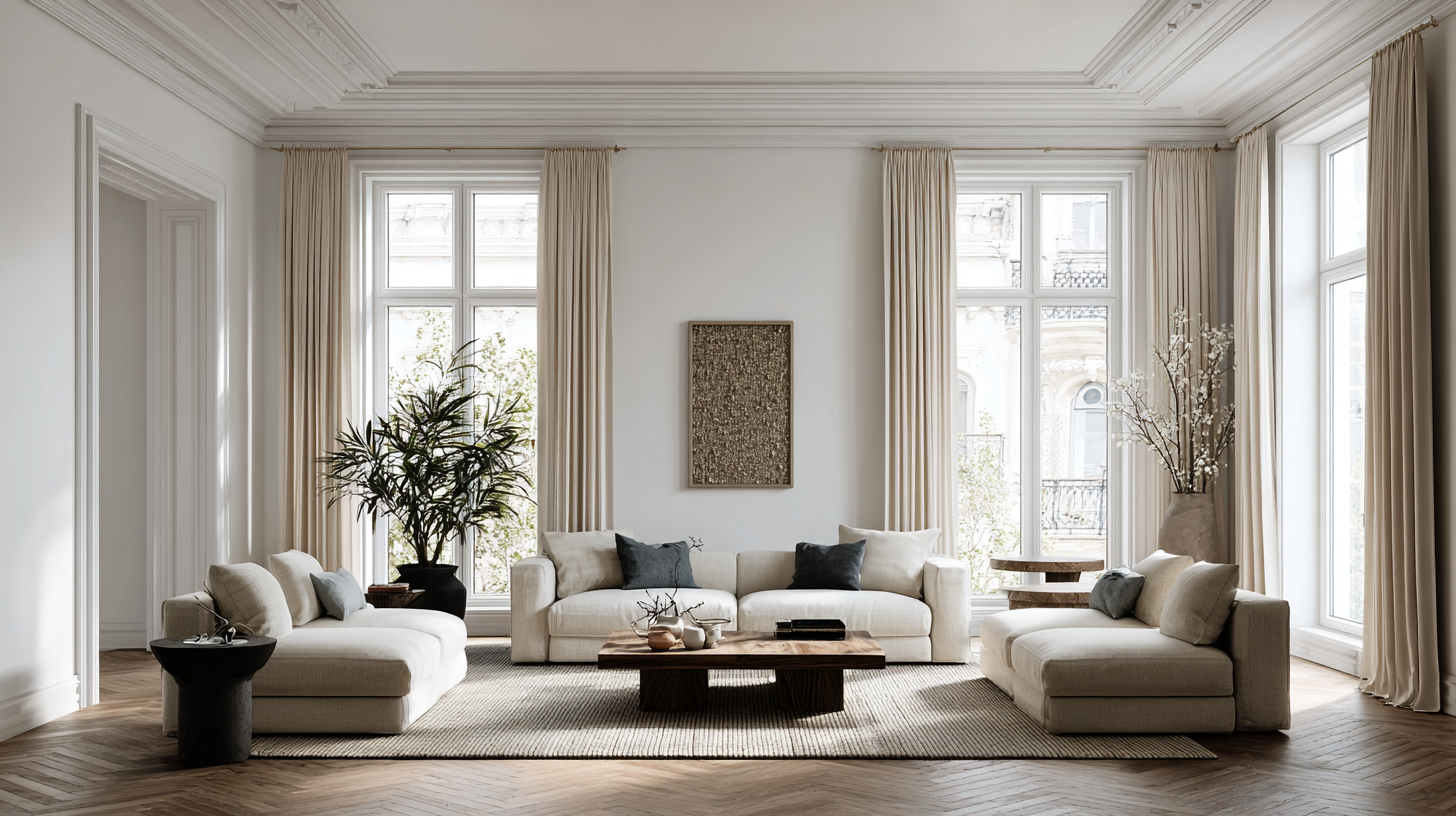The Rise of the Fluted Wood Wall: Modern Texture, Classic Soul
Texture has become the new luxury. In a world of flat-painted walls and minimalist lines, designers are once again reaching for depth—and nothing delivers it quite like a fluted wood wall. From hotel lobbies to home offices, fluting has emerged as the statement texture of modern interiors: timeless, tactile, and endlessly adaptable.
In this guide, we’ll explore six finely curated subtopics that will help you understand, plan, and style a fluted wood wall with confidence:
Why Designers Love the Fluted Wood Wall – A look into the design psychology and timeless appeal.
Materials & Finishes That Define the Look – From tambour to solid oak, what to choose and why.
Scale & Placement for Maximum Impact – Planning texture with proportion and purpose.
Installation Made Simple – DIY vs. pro methods for achieving a flawless result.
Styling & Pairing Like a Designer – Furniture, lighting, and finishes that elevate the effect.
Care, Cost & Longevity – Making your investment timeless.
Together, these chapters will turn your vision of a fluted wood wall into a tactile, light-catching masterpiece.
-














Bloom Dining Chair
£160 Select options This product has multiple variants. The options may be chosen on the product page -












Ripple Ottoman
£200 Select options This product has multiple variants. The options may be chosen on the product page -





Zoar Table Lamp
£202 Add to cart
Why Designers Love the Fluted Wood Wall

In the world of modern interiors, few design features strike the perfect balance between elegance, texture, and versatility quite like the fluted wood wall. Once seen primarily in classical architecture, fluted detailing has returned as a modern favorite, transforming walls into sculptural statements. Whether in a luxury living room, a cozy bedroom, or a minimalist hallway, the fluted wood wall brings a sense of rhythm and depth that flat surfaces simply can’t achieve. Designers love it not just for its aesthetic appeal but also for its power to define a space without overpowering it.
The allure of the fluted wood wall lies in its subtlety. Unlike bold patterns or vivid colors, fluting adds visual interest through light and shadow. As daylight shifts, the grooves cast soft gradients across the surface, giving the wall a living quality. This dynamic effect allows designers to create rooms that feel sophisticated yet warm, structured yet organic. It’s a simple way to add architectural character — a touch that speaks of craftsmanship and care.
Material versatility also plays a big role in why designers gravitate toward fluted wood walls. From walnut to oak, ash to maple, the texture enhances the natural grain of the wood, celebrating its raw beauty. For those who prefer a sustainable approach, engineered or reconstituted veneers achieve the same effect with eco-friendly credentials. Whether stained dark for a dramatic, moody look or kept in light natural tones for a Scandinavian feel, the fluted wood wall adapts beautifully to any design style.
Beyond aesthetics, there’s functionality. Designers appreciate how fluted wood walls can serve as acoustic panels, softening echoes in open-concept homes or high-ceilinged spaces. They also cleverly conceal imperfections or unsightly joints, offering a seamless, tailored appearance. In some cases, fluted panels double as hidden doors or cabinetry fronts, maintaining a clean visual flow while introducing an element of surprise. This dual role — decorative and practical — is what makes fluting a designer’s secret weapon.
Another reason for its growing popularity is its versatility across design genres. In minimalist settings, a fluted wood wall adds texture and warmth; in luxe interiors, it complements marble, brass, and velvet with effortless sophistication. It can act as a statement wall in a dining area, a backdrop for a bed, or even a chic divider in an open layout. Designers love how easily it transitions between contemporary, mid-century, Japandi, and art-deco influences — proving that good design is timeless when rooted in texture and proportion.
Ultimately, the fluted wood wall is more than a passing trend. It’s a design language — one that conveys refinement, tactility, and a connection to nature. Its sculptural beauty invites touch, while its understated presence anchors a room in calm sophistication. For today’s designers seeking to create interiors that feel both modern and enduring, the fluted wood wall remains an irresistible choice — a timeless canvas of texture, rhythm, and light.
Materials & Finishes: Choosing the Right Medium

When it comes to creating a striking fluted wood wall, the material and finish you choose make all the difference. Designers know that while the fluting itself brings texture and rhythm, the real personality of the wall comes from its medium — the species of wood, the stain or color, and the surface treatment. Together, these details determine not just how the wall looks, but how it feels, how it interacts with light, and how it sets the tone for the rest of the space.
The first consideration is wood type. Hardwoods like oak, walnut, and ash are perennial favorites for their strength and grain depth. Oak’s golden hue brings warmth and a classic appeal, while walnut’s dark, rich tones exude luxury and sophistication. Ash, with its pale color and smooth grain, is ideal for minimalist or Scandinavian-inspired interiors. Softer woods like pine and cedar are more cost-effective and easier to work with, but they may require sealing or protective finishes to ensure durability. For designers seeking a sustainable option, engineered or reconstituted wood veneers offer the same rich texture while reducing the use of solid lumber — a win for both style and the environment.
Next comes the finish, which can dramatically transform the character of the fluted wood wall. A matte finish emphasizes the natural grain and texture, giving the space a raw, organic feel. Satin or semi-gloss finishes, on the other hand, enhance light reflection, creating a polished, refined look ideal for contemporary or formal interiors. In high-traffic areas, sealed finishes are preferred as they resist stains and moisture, ensuring the wall remains as beautiful as the day it was installed. Some designers experiment with two-tone finishes, highlighting the ridges with a lighter hue and the grooves with a darker one — a subtle way to emphasize the fluting’s sculptural depth.
Color also plays a defining role. Natural stains keep the warmth and integrity of the wood, perfect for biophilic or rustic interiors. For a bold modern statement, designers often turn to painted fluted walls in deep charcoal, soft beige, or muted sage — tones that complement today’s minimalist palettes. In luxurious spaces, black-stained or high-gloss lacquered fluting can add a dramatic architectural edge. The color and finish together determine whether the fluted feature blends into the background or stands as a focal point of the room.
Lighting should never be an afterthought. A fluted wood wall interacts beautifully with both natural and artificial light, and finishes can either amplify or soften that effect. Designers often use wall washers or LED strip lights to graze the surface, accentuating the ridges and shadows that define the fluting pattern. When paired with a well-chosen finish, the result is a dynamic play of depth and dimension that evolves throughout the day.
Ultimately, choosing the right material and finish for your fluted wood wall is about balance — between texture and tone, natural beauty and durability. The right combination transforms a simple wall into a tactile, timeless design feature that embodies craftsmanship, warmth, and elegance.
-














Crescent Occasional Chair
£310 Select options This product has multiple variants. The options may be chosen on the product page -









Halo Coffee Table
£190 Select options This product has multiple variants. The options may be chosen on the product page -









Sparta Table Lamp
£1,584 Add to cart
Scale, Rhythm & Placement: The Art of Proportion

Designing with a fluted wood wall is not just about adding texture—it’s about mastering proportion, rhythm, and placement to bring balance and flow into a room. The architectural language of fluting is inherently rhythmic; those vertical grooves draw the eye upward, creating a sense of continuity and harmony. But to truly elevate your interior, you need to understand how scale and placement interact with the space’s dimensions, light, and furnishings. When executed thoughtfully, a fluted wood wall becomes more than decoration—it becomes the heartbeat of the design.
The first consideration is scale. In small spaces, the grooves of a fluted wood wall should be fine and closely spaced to avoid overwhelming the room. Thin vertical lines can elongate walls visually, making low ceilings appear higher and narrow rooms feel taller. In contrast, large open-plan areas or double-height spaces can handle bolder fluting with wider spacing and deeper grooves. This creates a more sculptural presence, anchoring the vastness with tactile structure. Designers often test proportion by holding up wood samples against the wall under natural light to ensure the scale complements—not competes with—the room’s geometry.
Equally important is rhythm, the visual tempo created by repetition and spacing. A fluted wood wall introduces a steady beat into the design narrative, guiding the viewer’s gaze and offering a sense of order. To avoid monotony, designers sometimes break this rhythm strategically—perhaps by integrating smooth panels, shelves, or lighting features that punctuate the fluted sections. This subtle disruption keeps the wall from becoming predictable while emphasizing its three-dimensional texture. Think of rhythm as choreography: too uniform and it feels static; too irregular and it feels chaotic. The goal is a balanced cadence that engages the eye without overwhelming it.
Then comes placement, the unsung hero of design. Where you position your fluted wood wall determines its impact. In living rooms, it often works beautifully as an accent behind the sofa or TV, grounding the seating area while adding warmth. In bedrooms, a fluted wall behind the headboard creates an elegant focal point that merges comfort with sophistication. For entryways and hallways, fluting adds architectural depth, turning transitional spaces into design statements. Even in kitchens or dining areas, vertical fluting behind open shelving or cabinetry adds subtle rhythm without visual clutter.
Lighting enhances placement and rhythm even further. Directional lighting—like wall washers or recessed LED strips—casts soft shadows across the grooves, enriching the depth and emphasizing the material’s texture. Natural light, too, can transform a fluted wood wall, as changing daylight highlights different ridges throughout the day. The interplay of shadow and sheen brings the wall to life, giving it a dynamic quality that shifts with time and mood.
Ultimately, designing with a fluted wood wall is an exercise in proportion and restraint. It’s about understanding how scale, rhythm, and placement harmonize to create depth, warmth, and timeless appeal. When these elements align, your fluted feature doesn’t just decorate the room—it defines it, shaping an atmosphere of architectural elegance that feels both modern and enduring.
Installation: Crafting the Perfect Fluted Finish

Installing a fluted wood wall is both an art and a technical exercise — one that requires precision, patience, and a keen eye for detail. While the design may appear simple at first glance, the beauty of a fluted surface lies in its uniformity and craftsmanship. Each groove, each ridge, and each joint must align seamlessly to create a surface that feels intentional and continuous. Whether you’re working with pre-made panels or custom-milled wood slats, the process of installation determines the final impact of your fluted wood wall, transforming a concept into a statement feature.
The first step begins long before the actual installation — planning and preparation. The wall surface must be perfectly smooth, clean, and level. Any imperfections can distort the linear rhythm of the flutes and affect the final alignment. Professional installers often begin by measuring the entire wall area precisely, marking vertical guidelines to maintain even spacing throughout the process. If the wall is uneven, it may require furring strips or back panels to ensure a flat foundation. Proper preparation not only guarantees a flawless aesthetic but also ensures that the panels adhere securely for long-term durability.
Next comes the panel selection and layout design. Depending on the design intent, you can choose between large pre-fluted MDF or veneer panels, individual wooden battens, or even modular acoustic fluted panels that combine sound absorption with visual texture. Each material behaves differently, so the installation technique must match. For example, MDF panels are best attached using construction adhesive and finishing nails, while solid wood battens may require mechanical fastening for structural stability. Designers often mock up a small test section to visualize how the fluted wood wall will look once lighting and spacing are finalized — a crucial step for getting the proportions right before full-scale installation.
The installation process itself requires meticulous attention to symmetry. Starting from one end of the wall, panels or slats should be aligned using a laser level to ensure straight vertical lines. Even a slight deviation in angle can disrupt the clean rhythm that defines a fluted wood wall. Adhesive should be evenly applied to avoid gaps, while joints between panels must be tight and consistent. Some designers recommend staggering seams to create a more natural, uninterrupted flow, especially in large walls where multiple panels are joined. If electrical outlets or switches interrupt the wall, they should be carefully recessed or trimmed so they integrate cleanly within the fluting pattern.
Once the panels are in place, the finishing phase brings the design to life. Sanding down edges, sealing gaps with wood filler, and applying the final coat of finish — whether oil, varnish, or matte sealant — gives the fluted wood wall a professional polish. Lighting installation is often done at this stage, with LED strip lights recessed along the top or sides to highlight the shadows and contours. The interplay of light and texture reveals the craftsmanship behind every groove, enhancing the dimensional quality of the wall.
Ultimately, installing a fluted wood wall is not just about covering a surface — it’s about precision engineering and artistic integrity. The process transforms raw materials into architectural poetry, creating a wall that feels tactile, warm, and deeply intentional. With the right planning, tools, and craftsmanship, the finished result elevates any modern interior into a space that balances structure and soul, simplicity and sophistication.
-

Durham Pendant
£2,261 Add to cart -









Halo Side Table
£160 Select options This product has multiple variants. The options may be chosen on the product page -










Petal Dining Chair
£150 Select options This product has multiple variants. The options may be chosen on the product page
Styling & Pairing: Bringing the Wall to Life

Once your fluted wood wall is beautifully installed, the next challenge is integrating it seamlessly into your interior. Styling is where the wall’s texture transforms from an architectural feature into an emotional statement — a backdrop that enhances the furniture, lighting, and decor choices around it. The fluted surface, with its rhythmic grooves and tactile warmth, becomes a natural anchor for design storytelling. Done right, it can elevate even the simplest space into something refined and memorable.
The key to styling a fluted wood wall lies in balance. Because the texture already draws attention, everything placed around it should complement rather than compete with it. Neutral-toned furniture works particularly well, allowing the wall’s depth and shadow to remain the star. Think soft linen sofas, ivory boucle armchairs, or smooth marble-topped tables — each material echoing the fluting’s subtle rhythm. To maintain harmony, avoid overly patterned fabrics or ornate furniture. Instead, play with solid tones, layered neutrals, and clean silhouettes. This approach gives the eye room to appreciate the natural grain and structure of the fluted wood wall.
Lighting is another powerful styling tool. The grooves of a fluted wood wall respond beautifully to directional light. A pair of wall sconces or a linear LED wash light can graze the surface, emphasizing its dimensionality and creating ever-changing shadows. In living rooms or bedrooms, consider adding warm-toned lighting to deepen the wood’s richness and enhance the room’s intimacy. Pendant lights or floor lamps with brass or matte black finishes work particularly well, introducing a hint of contrast and sophistication. The right lighting doesn’t just brighten the wall — it animates it.
Decor choices should be intentional and restrained. Minimal artwork framed in black, white, or brass can add punctuation without overpowering the wall. Alternatively, leave the wall bare to let its sculptural form speak for itself. If you prefer more texture, a large mirror or piece of statement art can provide balance, but scale matters — the piece should feel integrated, not floating. Plants, too, make excellent companions for a fluted wood wall, especially those with tall, architectural forms like fiddle-leaf figs, snake plants, or bamboo palms. Their organic shapes soften the linearity of the fluting, creating a dialogue between nature and structure.
Material pairing is the secret weapon of sophisticated design. A fluted wood wall looks timeless alongside stone, metal, and fabric. For instance, pairing walnut fluting with veined marble introduces a luxurious contrast, while oak fluting beside matte black steel accents creates a modern industrial elegance. Even glass and mirror finishes can work, adding brightness and expanding the sense of space. The interplay between hard and soft materials keeps the design dynamic — it’s this mix that gives modern interiors their layered, curated feel.
Finally, styling is not about perfection; it’s about personality. Your fluted wood wall should reflect your lifestyle and taste. Whether it’s the backdrop to a minimalist reading nook, a striking frame for your dining area, or the highlight of a hotel-inspired bedroom, the way you style it determines its emotional resonance. With thoughtful pairing, soft textures, and strategic lighting, the fluted wall becomes more than a design feature — it becomes the quiet, confident soul of the space.
Budget, Maintenance & Longevity: Designing for the Long Run

Creating a fluted wood wall that looks beautiful today and stands the test of time requires more than just good design — it calls for smart budgeting, mindful maintenance, and material longevity. While the allure of fluted panels lies in their tactile texture and architectural sophistication, they also represent an investment. From the cost of materials and installation to the upkeep required to maintain that warm, inviting finish, every choice you make affects both short-term value and long-term durability.
Let’s start with budgeting. The cost of a fluted wood wall depends largely on the material chosen, the size of the installation, and whether the panels are custom or prefabricated. Solid hardwood fluting — such as walnut or oak — sits at the higher end of the spectrum, offering unmatched natural beauty and durability. These can cost anywhere from $80 to $150 per square meter, including finishing. Engineered wood and MDF fluted panels provide a more affordable alternative, often priced between $30 and $60 per square meter, and can be customized with veneers or laminates to mimic natural wood. For those seeking both luxury and sustainability, reconstituted wood or bamboo fluted panels offer a middle ground — combining eco-consciousness with refined aesthetics. The installation cost also varies depending on wall preparation, room complexity, and lighting integration. Factoring in these details early helps prevent surprises and ensures a smoother, more efficient project timeline.
When it comes to maintenance, the key is understanding that while wood ages gracefully, it requires consistent care. Dust can settle within the grooves of a fluted wood wall, so regular cleaning is essential. A soft microfiber cloth or a vacuum with a brush attachment works best for removing dust without scratching the surface. Avoid using wet cloths or harsh chemicals, as excessive moisture can cause warping, discoloration, or finish deterioration over time. Instead, use a wood-safe polish or mild cleaner to maintain the sheen and protect the surface. Every six to twelve months, a light re-oiling or resealing — depending on the finish — will help preserve the wood’s luster and shield it from environmental wear.
Another consideration is environmental control. Wood, by nature, responds to temperature and humidity. Excessive dryness can cause cracking, while high humidity may lead to expansion or warping. To prevent this, maintaining consistent indoor conditions through ventilation, air conditioning, or dehumidifiers is essential — especially in climates with drastic seasonal changes. For households with pets or children, opting for a satin or semi-gloss finish offers an added layer of protection against scratches and everyday wear.
Finally, let’s talk longevity. A well-installed and properly maintained fluted wood wall can last decades, aging beautifully as its patina deepens with time. Unlike painted or wallpapered walls that may require frequent updates, fluted wood gains character and depth, making it a long-term design asset. Designers often view it as a one-time investment that enhances not only the aesthetics of a home but also its resale value. The natural warmth and craftsmanship it exudes make it timeless — a feature that rarely goes out of style.
In essence, creating a fluted wood wall that endures is about merging design with foresight. Budget wisely, maintain regularly, and respect the material’s natural qualities. When done right, your fluted wall won’t just add depth and texture — it will age gracefully, telling a richer story with every passing year.
-













Apex Armchair
£340 Select options This product has multiple variants. The options may be chosen on the product page -










Horizon Medium Dining Table
£240 Select options This product has multiple variants. The options may be chosen on the product page -









Tahah Brushed Chrome Spoke Table Lamp
£226 Add to cart
The Subtle Statement That Speaks Volumes
A fluted wood wall is far more than a passing design trend — it’s a timeless architectural detail that embodies sophistication, warmth, and artistry. In modern interiors where minimalism often reigns, fluting brings soul. Those vertical grooves add rhythm and tactility, transforming a flat surface into something that breathes, catches light, and draws the eye without shouting for attention. It’s the kind of design element that feels both subtle and striking — a quiet confidence rather than an overt statement.
What makes the fluted wood wall truly exceptional is its versatility. It bridges the gap between classic craftsmanship and contemporary design, seamlessly fitting into luxury penthouses, cozy apartments, and serene workspaces alike. Whether paired with soft neutrals for an understated look or bold accents for contrast, it anchors a space with balance and grace. The fluting’s ability to play with shadow and depth means the wall evolves throughout the day — it’s alive, responding to changing light and mood.
In a world that constantly shifts toward the new, the fluted wood wall remains reassuringly timeless. Its beauty lies not only in the material but in the craftsmanship — in the precision of every groove and the thought behind every finish. For homeowners and designers alike, it represents a commitment to quality, texture, and longevity.
Ultimately, adding a fluted wood wall is about more than aesthetics; it’s about emotion and experience. It’s how a room feels when light grazes its surface, how warmth radiates through natural tones, and how texture turns architecture into art. Elegant, enduring, and endlessly adaptable — the fluted wall is proof that in design, true luxury is found not in excess, but in the quiet power of detail.

